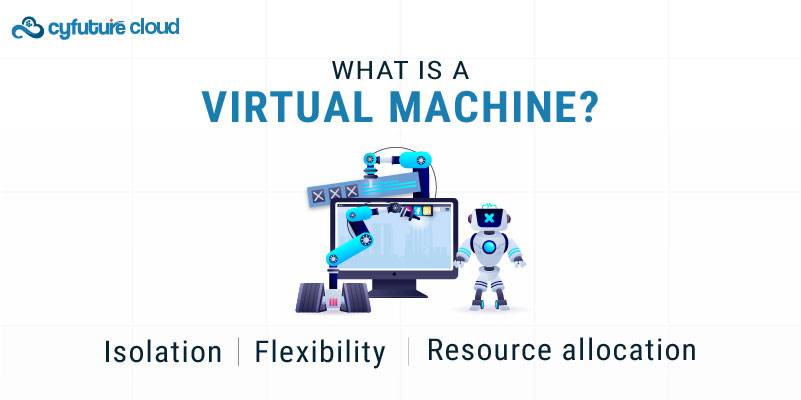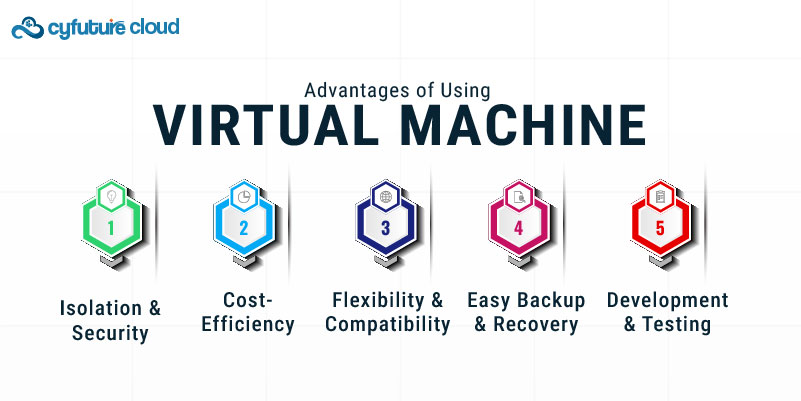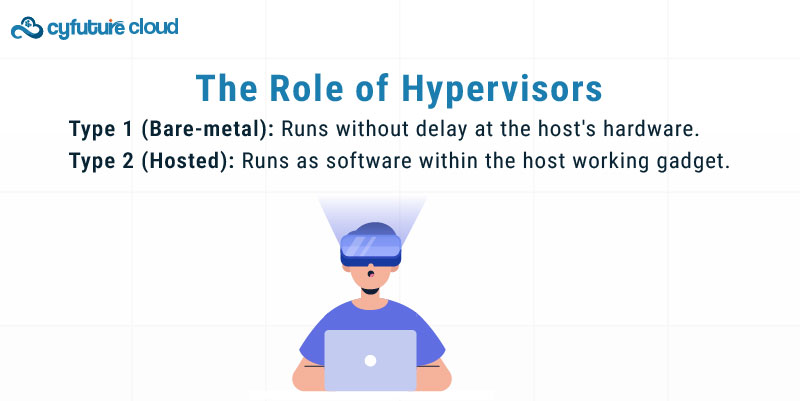 Server
Colocation
Server
Colocation
 CDN
Network
CDN
Network
 Linux Cloud
Hosting
Linux Cloud
Hosting
 VMware Public
Cloud
VMware Public
Cloud
 Multi-Cloud
Hosting
Multi-Cloud
Hosting
 Cloud
Server Hosting
Cloud
Server Hosting
 Kubernetes
Kubernetes
 API Gateway
API Gateway

In the realm of modern computing, two terms frequently encountered are "host" and "virtual machine" (VM). While interconnected, these concepts represent distinct elements within computer systems and networks.
This article delves into the key differences between hosts and virtual machines, exploring their roles, advantages, and how they interact in today's digital landscape.
A host, in computing phrases, refers to a physical laptop or server that runs an operating gadget and programs directly on its hardware. This machine has its very own processor, memory, storage, and other bodily additives. The host gadget is responsible for coping with those assets and supplying a platform for a software program to run.
Key characteristics of a host include:
Direct hardware access: The host operating system interacts directly with the physical hardware components.
Resource management: It's responsible for allocating system resources to various applications and processes.
Primary control: The host has ultimate control over all system operations and resource utilization.

A digital gadget, on the other hand, is a software-based totally emulation of a bodily computer. It runs on the pinnacle of a number machine and creates remoted surroundings that behave like a separate pc with its very own working gadget, reminiscence, and garage.
Key characteristics of a virtual machine include:
Isolation: Each VM operates independently of other VMs and the host system.
Flexibility: VMs can run different operating systems from the host.
Resource allocation: VMs are assigned a portion of the host's physical resources.

Hardware Interaction:
Host: Interacts directly with physical hardware components.
VM: Interacts with virtualized hardware provided by the hypervisor.
Resource Management:
Host: Manages and allocates physical resources directly.
VM: Utilizes virtualized resources allocated by the host or hypervisor.
Operating System:
Host: Runs a single operating system directly on the hardware.
VM: Can run various operating systems, independent of the host OS.
Performance:
Host: Generally offers better performance due to direct hardware access.
VM: May experience slight performance overhead due to virtualization layer.
Isolation:
Host: Limited isolation between applications and processes.
VM: High degree of isolation from other VMs and the host system.
Scalability:
Host: Limited by physical hardware constraints.
VM: Easily scalable; multiple VMs can be created or removed.
Resource Utilization:
Host: May not fully utilize all available resources.
VM: Allows for better resource utilization through consolidation.

Isolation and Security: VMs offer sandboxed surroundings, decreasing the threat of machine-extensive impacts from safety breaches or software program conflicts.
Flexibility and Compatibility: Different running systems and software configurations can coexist on an unmarried bodily device.
Cost-Efficiency: Corporations can reduce hardware fees and strength consumption by running a couple of VMs on one bodily host.
Easy Backup and Recovery: VMs may be sponsored up, cloned, or moved among hosts without difficulty, simplifying disaster recuperation approaches.
Development and Testing: VMs provide a secure surrounding for software program improvement, testing, and experimentation without risking the stability of the host gadget.
The hypervisor Commonly known as a Virtual Machine Monitor (VMM) is the core of the relationship between the host and Virtual machines. The hypervisor is the spacer between the actual physical types of equipment and the virtual machines it provides the VM sources and it also makes certain that all of the VMs run individually.

There are forms of hypervisors:
Type 1 (Bare-metal): Runs without delay at the host's hardware.
Type 2 (Hosted): Runs as software within the host working gadget.
Hypervisors play an important position in translating requests from VMs to the host hardware and managing resource allocation to ensure the finest overall performance for all running VMs.
While hosts and digital machines are intently associated with ideas in modern-day computing, they serve awesome purposes and feature distinctive characteristics. Hosts offer the foundational hardware and primary operating system, even as digital machines provide flexible, isolated environments for strolling diverse workloads.
Understanding the variations among hosts and VMs is vital for IT professionals because it informs choices approximately gadget architecture, useful resource allocation, and standard infrastructure design. As virtualization technology keeps adapting, the relationship between hosts and VMs will in all likelihood become even extra state-of-the-art, providing new possibilities for efficient and flexible computing environments.

Let’s talk about the future, and make it happen!
By continuing to use and navigate this website, you are agreeing to the use of cookies.
Find out more


